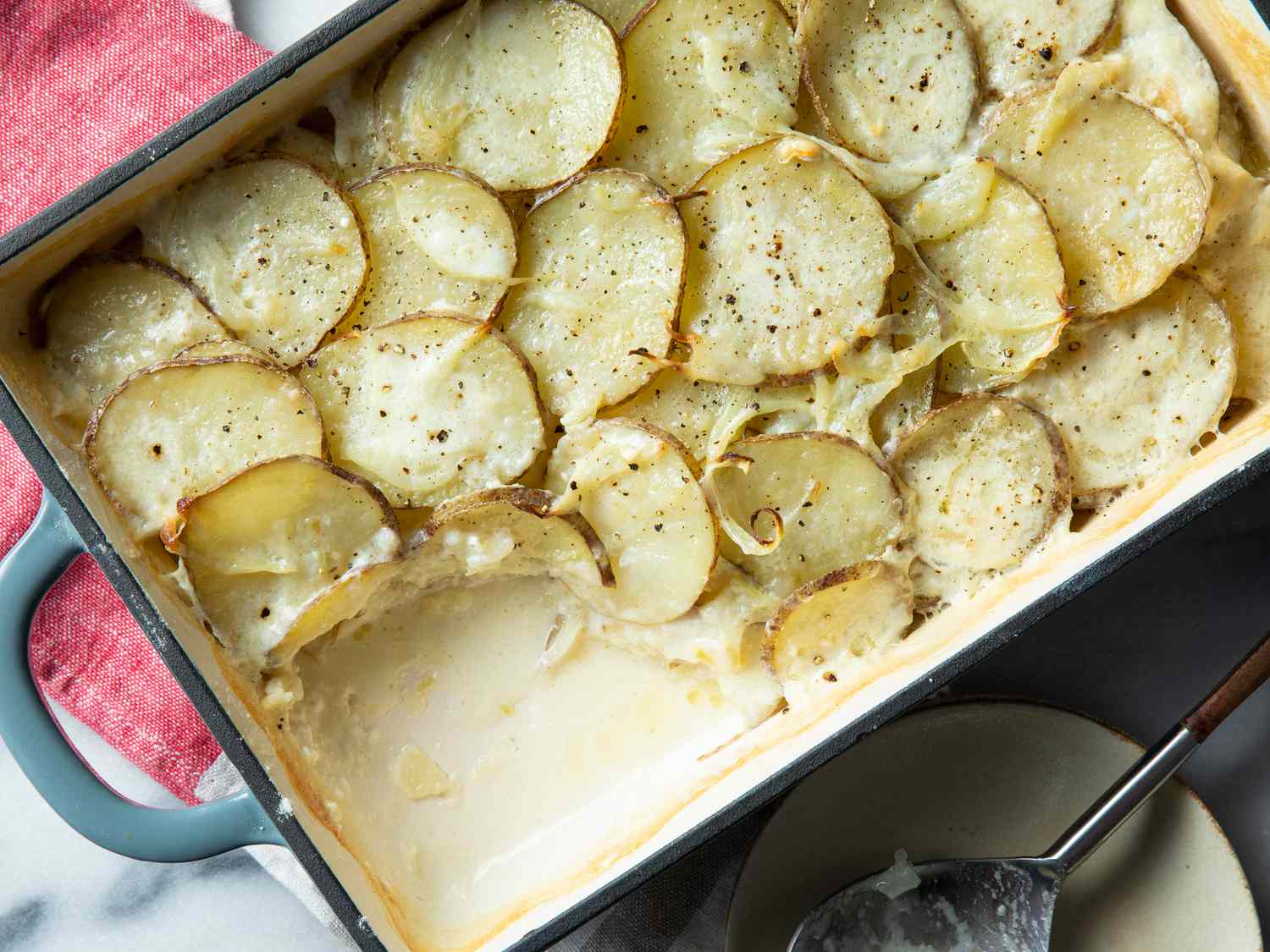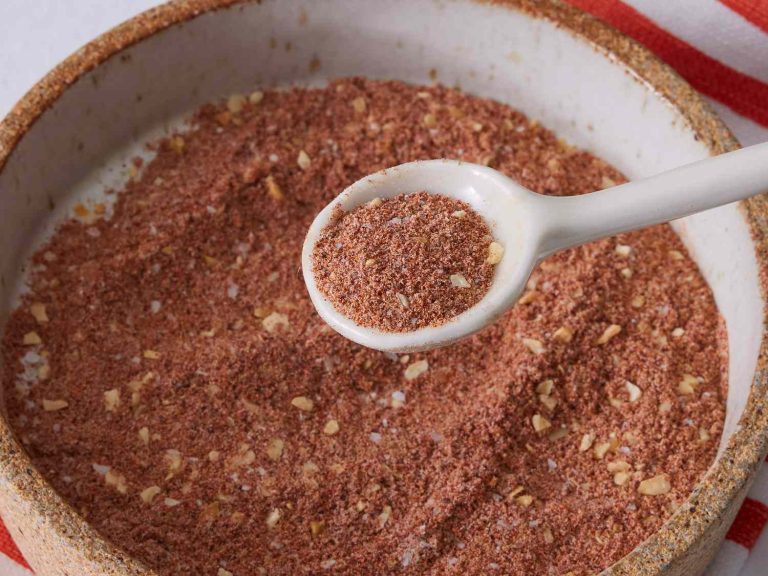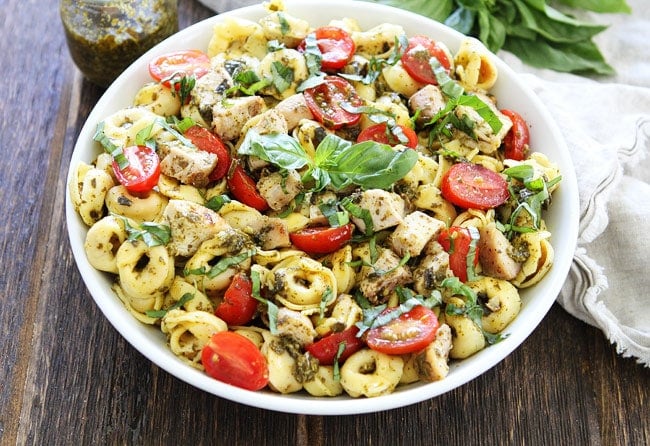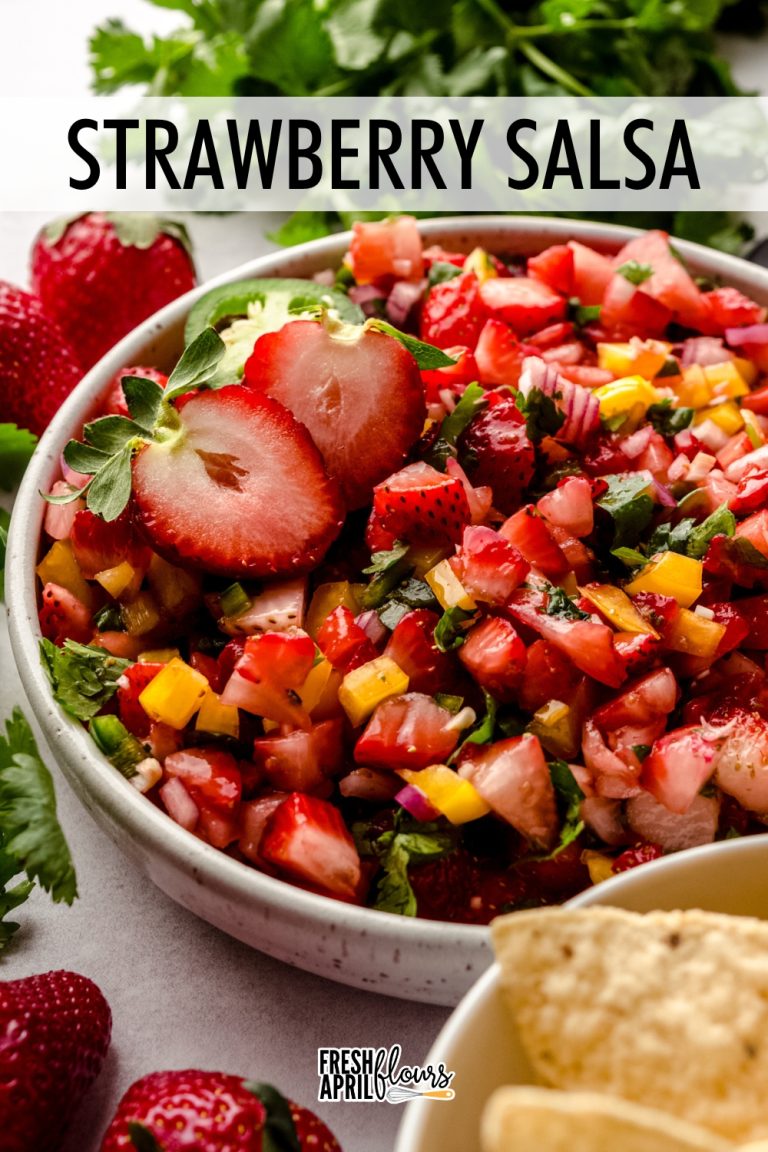Scalloped Potatoes Recipe: Creamy, Delicious, and Simple Variations
Scalloped potatoes are a baked dish featuring thin slices of potatoes layered in a creamy sauce. The dish is well-loved for its rich flavor and comforting texture. Often served as a side, it’s a favorite at family gatherings and holiday feasts, bringing home-cooked warmth to the table.
The Classic Ingredients
Scalloped potatoes require a few basic ingredients. Thinly sliced potatoes form the base, while a combination of milk, heavy cream, and butter creates the luscious sauce. Cheese, such as cheddar or Gruyère, is sometimes added for extra richness, although this addition turns the dish into what’s often known as “au gratin” potatoes. Seasonings like salt, pepper, garlic, and sometimes nutmeg enhance the flavor profile, making each bite savory and delicious.
The Role of Potatoes in the Dish
Potatoes are the star of scalloped potatoes, chosen for their texture and ability to absorb the creamy sauce. Russet and Yukon Gold potatoes are commonly used due to their ideal starch content and flavor. Russet potatoes result in a fluffier texture, while Yukon Gold potatoes bring a slightly buttery note. Proper slicing, usually 1/8 to 1/4 inch thick, ensures they cook evenly and meld perfectly with the sauce. The potatoes’ gentle release of starch during baking helps thicken the sauce, achieving the dish’s signature creaminess.
How to Make Easy Scalloped Potatoes
Selecting the Right Potatoes
Choose Russet or Yukon Gold potatoes for your scalloped dish. Russet potatoes create a creamy texture and absorb flavors well. Yukon Gold potatoes offer a buttery flavor and hold their shape after baking. Selecting the right potato type ensures the dish’s consistency and taste.
- Slice Potatoes: Thinly slice 2 pounds of potatoes into 1/8-inch slices. Uniform slices ensure even cooking.
- Prepare Sauce: In a medium saucepan, melt 2 tablespoons of butter over medium heat. Stir in 2 tablespoons of all-purpose flour until combined. Gradually whisk in 1 1/2 cups of milk and 1 cup of heavy cream, cooking until the mixture thickens. Season with salt, pepper, and 1/2 teaspoon of garlic powder.
- Layer Ingredients: Preheat your oven to 350°F (175°C). Grease a 9×13-inch baking dish. Arrange a layer of potato slices on the bottom of the dish. Pour a portion of the creamy sauce over the potatoes. Repeat layers, finishing with sauce on top.
- Bake: Cover the dish with aluminum foil and bake for 45 minutes. Remove the foil and bake for an additional 30 minutes or until the top is golden brown and potatoes are tender.
- Optional Toppings: For added richness, sprinkle 1 cup of shredded cheese (cheddar or Gruyère works best) on top during the last 10 minutes of baking. Garnish with fresh chives before serving if desired.
Variations of Easy Scalloped Potatoes
Adding Cheese and Herbs
Incorporate different cheeses and herbs to enhance the flavor of scalloped potatoes. Use Gruyère, cheddar, or Parmesan cheese for added richness. Sprinkle grated cheese between potato layers and on top before baking for a golden, crispy crust. Add herbs like thyme, rosemary, or parsley for an aromatic touch. Fresh herbs can be mixed into the creamy sauce or sprinkled between potato layers.
Vegan and Gluten-Free Variations
Create vegan and gluten-free versions of scalloped potatoes with a few substitutions. Replace dairy milk and butter with plant-based alternatives like almond milk or vegan butter. To thicken the sauce without flour, use gluten-free arrowroot or cornstarch. Nutritional yeast adds a cheesy flavor without dairy. Layer vegan cheese, if desired, and top with gluten-free breadcrumbs for a crisp texture.
Nutritional Benefits of Easy Scalloped Potatoes
Caloric and Nutrient Content
Easy scalloped potatoes offer a balance of calories and essential nutrients. One serving, around 1 cup, typically has 200-250 calories. They provide about 30 grams of carbohydrates, supplying a good energy source. These potatoes also have around 7-10 grams of protein, supporting muscle health.
Rich in vitamins and minerals, scalloped potatoes are a valuable source of Vitamin C, covering about 20% of daily requirements. They also provide B vitamins, such as B6 and folate, to help with metabolism. The dish contains minerals like potassium, beneficial for heart health, and magnesium, aiding in neuromuscular function.
Dietary Considerations
Scalloped potatoes fit various dietary requirements if modifications are made. For vegan options, use plant-based milk, vegan butter, and nutritional yeast to replicate the cheesy flavor. If gluten-free is needed, thicken the sauce with cornstarch or arrowroot instead of wheat flour.
For those watching sodium intake, reducing or omitting added salt while using low-sodium broth can make the dish heart-friendlier. Including extra vegetables like spinach or broccoli can increase fiber content, further enhancing the dish’s nutritional profile.
Conclusion
Easy scalloped potatoes are a versatile and delicious dish that can suit various dietary needs and preferences. By choosing the right ingredients and exploring different variations, you can create a flavorful and nutritious meal. Whether you’re aiming for a classic recipe or experimenting with vegan and gluten-free options, scalloped potatoes offer endless possibilities. Enjoy making this comfort food staple your own and delight your taste buds with every bite!






